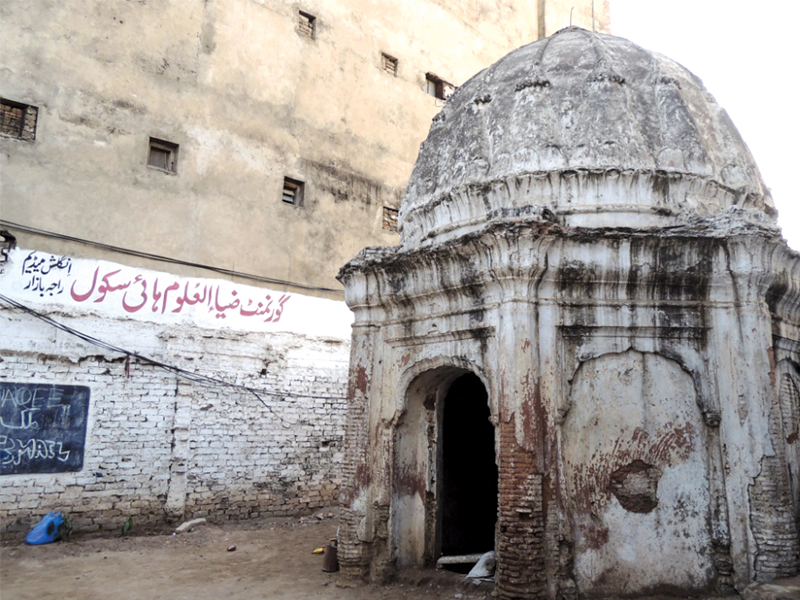
ISLAMABAD:
A few yards from the seminary in Raja Bazaar, Rawalpindi which became the focal point of Ashura violence, stand a gurdwara, a temple and a mosque depicting the city’s multi-religious character and pluralistic past.
The gurdwara building is presently being used as a boys school and 52 marlas were recently reclaimed by the school administration from land grabbers who want to build a shopping plaza there.
The gurdwara and the temple have never been documented while compiling the history of heritage buildings in the city.
“It is really amazing to see such a beautiful place with pluralistic past,” said Dr Ayesha Pamela Rogers, who had come from Lahore to document heritage buildings in Rawalpindi.
The Palki Sahib — the holy scriptures regarded as the living guru by Sikhs — is placed in the main hall of the school.
Inscriptions on different stones in the building are in Gurmukhi, and school principal Sheikh Tariq has requested that every researcher and archaeologist to translate the writings.
Iqbal Qaiser, who is an expert on the Sikh history, told The Express Tribune that according to one of the stone plaques, the gurdwara was built in 1930 by Guru Singh Sabha. “This gurdwara was built in memory of Sardar Mol Singh and Channa Devi by their son… who acquired the land for Rs2,000,” said Qaiser.

The Palki Sahib — the holy scriptures regarded as the living guru by Sikhs — is placed in the main hall of the school.
The school was set up in 1969 by the city government and according to the principal, the religious nature of the building saved it from land grabbers, but it is still in bad shape and dangerous to use as a school. The three-story building has many small living rooms which are used as classrooms while the main prayer and recitation hall is now the examination hall.
“We carried out renovations, but according to structural engineers who visited the building, it has to be demolished and replaced with a new building,” said the principal, who wants the land to be used for a full-fledged school.
Meanwhile, a dilapidated Hindu temple with broken doors and chairs stored inside it stands in the small basketball court.
The gurdwara and the temple buildings speak volumes about the government’s interest in protecting religious and cultural heritage, especially when compared with the equally old mosque.
There are also non-functional temples and gurdwaras in the Krishanpura, Akaal Garh, Mohanpura, Amarpura, Kartarpura, Bagh Sardaraan, Angatpura areas of city.
“This was the glorious past of this city and subcontinent, with a history of coexistence and tolerance,” said National College of Arts Rawalpindi Director Nadeem Omer Tarar.
Published in The Express Tribune, December 9th, 2013.
COMMENTS (3)
Comments are moderated and generally will be posted if they are on-topic and not abusive.
For more information, please see our Comments FAQ














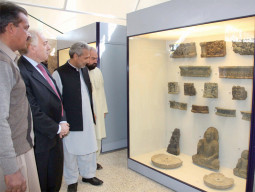
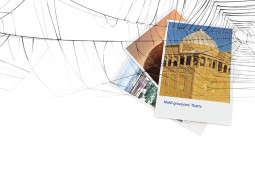

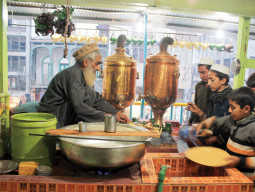

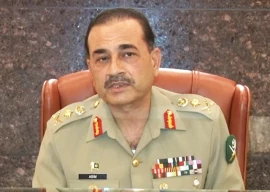
1713272658-0/Copenhagen-fire-(1)1713272658-0-270x192.webp)


1713268762-0/Netflix-(3)1713268762-0-270x192.webp)





















@Islamsecularpeace - Do you know what happened in Pakistan after babri majid was torn down? 200 Hindu temples were torn down across Pakistan. There are peace loving people in every religion, no one group of people is better than the other.
Hi, just a quick correction to the author of the article. The holy scriptures of the Sikhs is known as the Guru Granth Sahib, not the Palki Sahib (which is the large canopy usually used to cover the Guru Granth Sahib).
To all Indian trolls who are salivating at the prospect of voicing their opinion regarding the abject condition of the places of worship for the minorities, you only have to look at what happened to the Babri masjid mosque which was torn down bu Hindu zealots in a sea of rage. At least most of the temples in Pakistan are still standing unlike the mosques in India.
Maybe the so called 'secular' India has a lot to learn from the 'Islamic' republic of Pakistan when it comes to treating minorities and their places of worship.